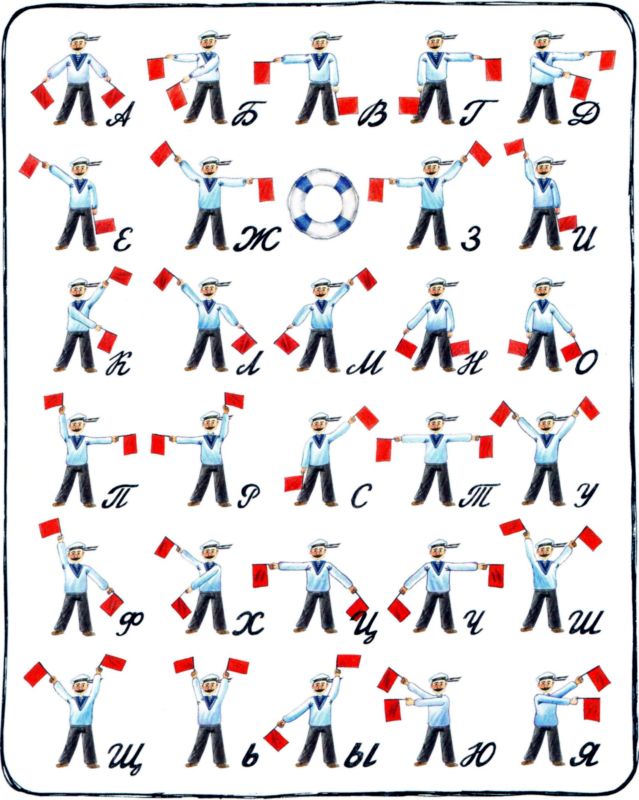
Admiral Alphabet
One of the first ships under Cunningham's command, the destroyer Scorpion.
Admiral of the Fleet Sir Andrew Browne Cunningham, therefore known by the nickname "Admiral ABC", XNUMXst Viscount Cunningham of Hyndhope, awarded among other things. With the Order of Ost, the Knight's Grand Cross of the Order of the Bath, the Order of Merit and the Distinguished Service Order, he was probably one of the most distinguished British naval commanders at the operational and strategic level of World War II. . It was an example of what, even in the darkest moments, gave the Royal Navy the ability to act effectively - composure, but not cynicism, prudence, but not slowness, maritime professionalism, combined with the ability to sacrifice, resulting from the belief in a special role. according to history, he was appointed to the "highest service". It was accompanied by a pride that did not stem from arrogance, but from a high (but real) assessment of one's own capabilities, based on three key elements for each fleet: continuity, continuity and tradition.
Andrew Cunningham was born into a Scottish family, which, however, lives in Ireland. He gave his first cry on January 7, 1883 in Rathmines (Irish Rath Maonais, a southern suburb of Dublin). He was the third of five children of Prof. Daniel John Cunningham (1850–1909, eminent anatomist who was a lecturer at the Royal College of Surgeons of Ireland in Dublin, later at Trinity College and then Vice-Chancellor of the University of Edinburgh) and his wife, Elizabeth Cumming Brose. The future admiral had two brothers (the younger - Alan, rose to the rank of general in the British army, was the high commissioner in Palestine in 1945-1948, the eldest - John, served in the Indian Medical Service, rising to the rank of lieutenant colonel) and two sisters. He was brought up in an attachment to religion (he belonged to the Church of Scotland, based on the Presbyterian current and traditions, and his paternal grandfather was a pastor) and the cult of knowledge. In the early years of his life, he was brought up by his mother, who ran the household, and from this period, hot emotional ties probably arose between them, which continued throughout the life of the subsequent admiral. When he reached school age, he was first sent to a local educational institution in Dublin, and then to the Edinburgh Academy in the Scottish capital. Andrew was then in the care of his aunts, Doodles and Connie Mae. Such a model of upbringing, involving an early separation from the family hearth, boarding school or living in a boarding school with a distant family, was then characteristic of his class, although today it may be questionable. Edinburgh Academy was (and still is) one of the most famous Scottish schools. Its graduates have included politicians, prominent figures in the world of finance and industry, church hierarchs, as well as famous athletes and outstanding officers. Suffice it to say that the Academy boasts that 9 men who left its walls were awarded the Victoria Cross - the highest British order for bravery on the battlefield.
Cunningham family legend says that when Andrew was 10 years old, his father asked him (by telegraph) if he would like to join the Royal Navy in the future. Indeed, it is hard to believe that the child had at least some experience that allows him to consciously make such a serious choice, but Andrey agreed, not sure what he was weighing. Also, his parents were probably not fully aware of this, since before that, neither in the father's family nor in the mother's family had any connections with the "senior servants" (as the fleet was called at that time). Following his choice, Andrew ended up at Stubbington House (in Stubbington - Hampshire, about 1,5 km from the Solent, which separates the Isle of Wight from the English "mainland"). This institution, founded in 1841, prepared boys for service in the Royal Navy until 1997 (previously, in 1962,
from Earlywood School, which included a move to Ascot in the Berkshires of southern England). Stubbington School provided "entrants" with the knowledge, skills and social competencies needed to pass exams and continue their education at Dartmouth Nautical School.
At that time, the training of officer candidates was carried out on a hulk bearing the traditional name HMS Britannia (former Prince of Wales, 121-gun sailing liner, wat. 1860, demolished in 1916) - Cunningham passed the exams without problems, showing excellent knowledge mathematics.
The future admiral went to Dartmouth in 1897. His yearbook (which included later Admiral of the Fleet James Fous Somerville - during World War II he commanded, among other things, the attack on Mers el Kebir) consisted of 64 applicants stationed in the Hindustan halq (a former 80-gun ship of the line , water. 1841). It was a tough school of life, although it should be remembered that for every 6 "young gentlemen" there was one servant. Colleagues later remembered the admiral for his unwillingness to team games, although he was fond of golf, and spent most of his free time sailing on one of the school boats. After the first year of study, he received the highest marks in mathematics and ship knowledge (the school had a Sailing and sailing part of the Racers School, which conducted general sea training), which, despite committing several minor offenses, secured him tenth place.

